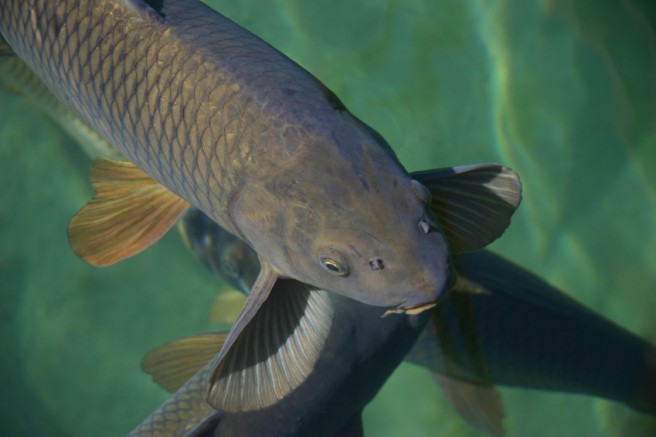A group of researchers developed a method to quantitatively monitor the invasion of non-native genotypes, based on a single nucleotide polymorphism by using cycling probe technology in real-time PCR.
Follow our blog ! Subscribe to our RSS fluxIn August 2015, Uchil et al. published a paper entitled “A novel environmental DNA approach to quantify the cryptic invasion of non-native genotypes” in the “Molecular Ecology Resources” journal.
Summary: The invasion of non-native species that are closely related to native species can lead to competitive elimination of the native species and/or genomic extinction through hybridization. Such invasions often become serious before they are detected, posing unprecedented threats to biodiversity. A Japanese native strain of common carp (Cyprinus carpio) has become endangered owing to the invasion of non-native strains introduced from the Eurasian continent. Here, the authors propose a rapid environmental DNA-based approach to quantitatively monitor the invasion of non-native genotypes. Using this system, they developed a method to quantify the relative proportion of native and non-native DNA based on a single nucleotide polymorphism by using cycling probe technology in real-time PCR. The efficiency of this method was confirmed in aquarium experiments, where the quantified proportion of native and non-native DNA in the water was well correlated to the biomass ratio of native and non-native genotypes. This method provided quantitative estimates for the proportion of native and non-native DNA in natural rivers and reservoirs, which allowed to estimate the degree of invasion of non-native genotypes without catching and analysing individual fish. This approach would dramatically facilitate the process of quantitatively monitoring the invasion of non-native conspecifics in aquatic ecosystems, thus revealing a promising method for risk assessment and management in biodiversity conservation.
Reference: Uchil, K., Doi, H., Minamoto, T. (2015). A novel environmental DNA approach to quantify the cryptic invasion of non-native genotypes. Molecular Ecology Resources. DOI: 10.1111/1755-0998.12460.


